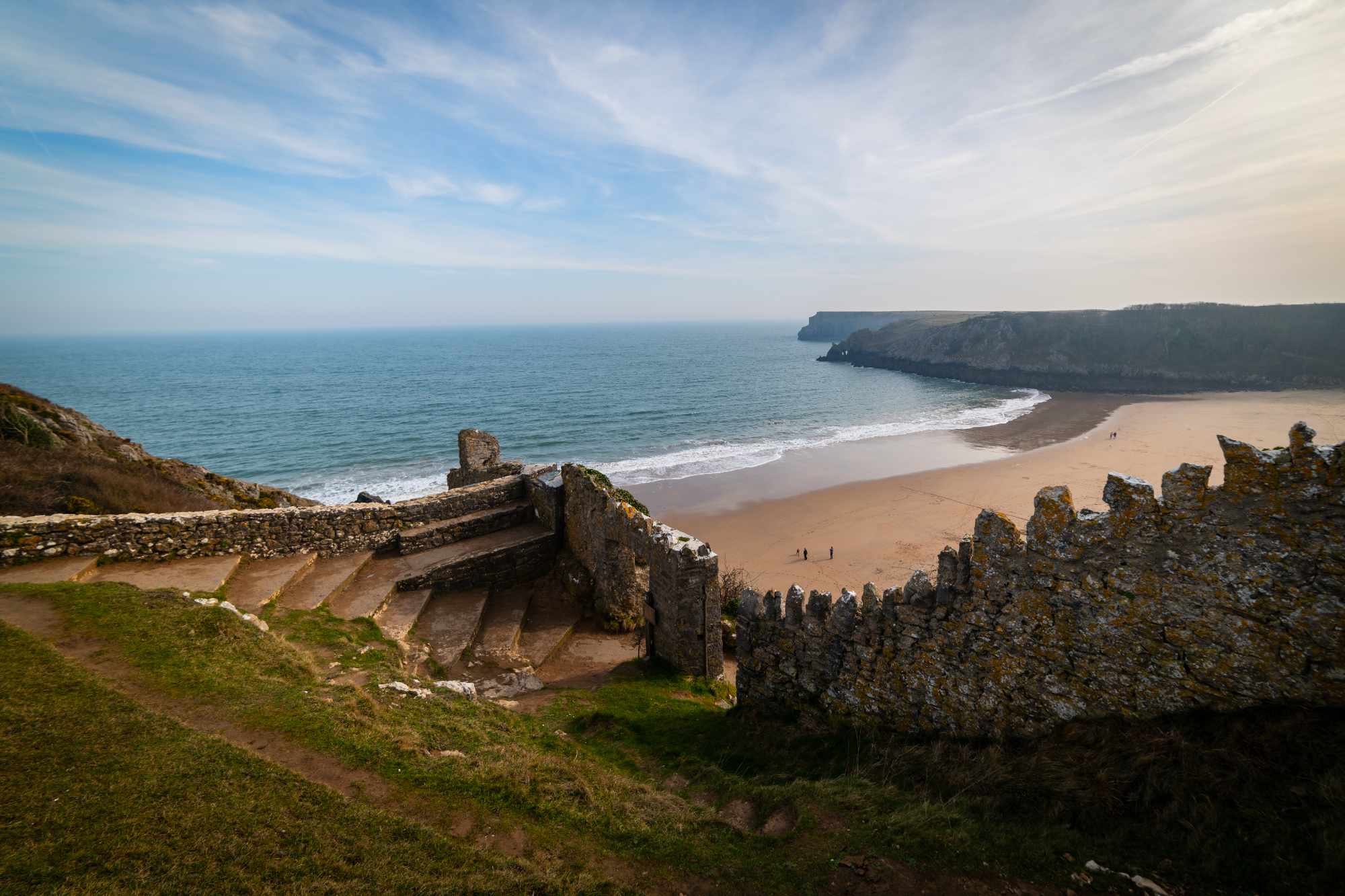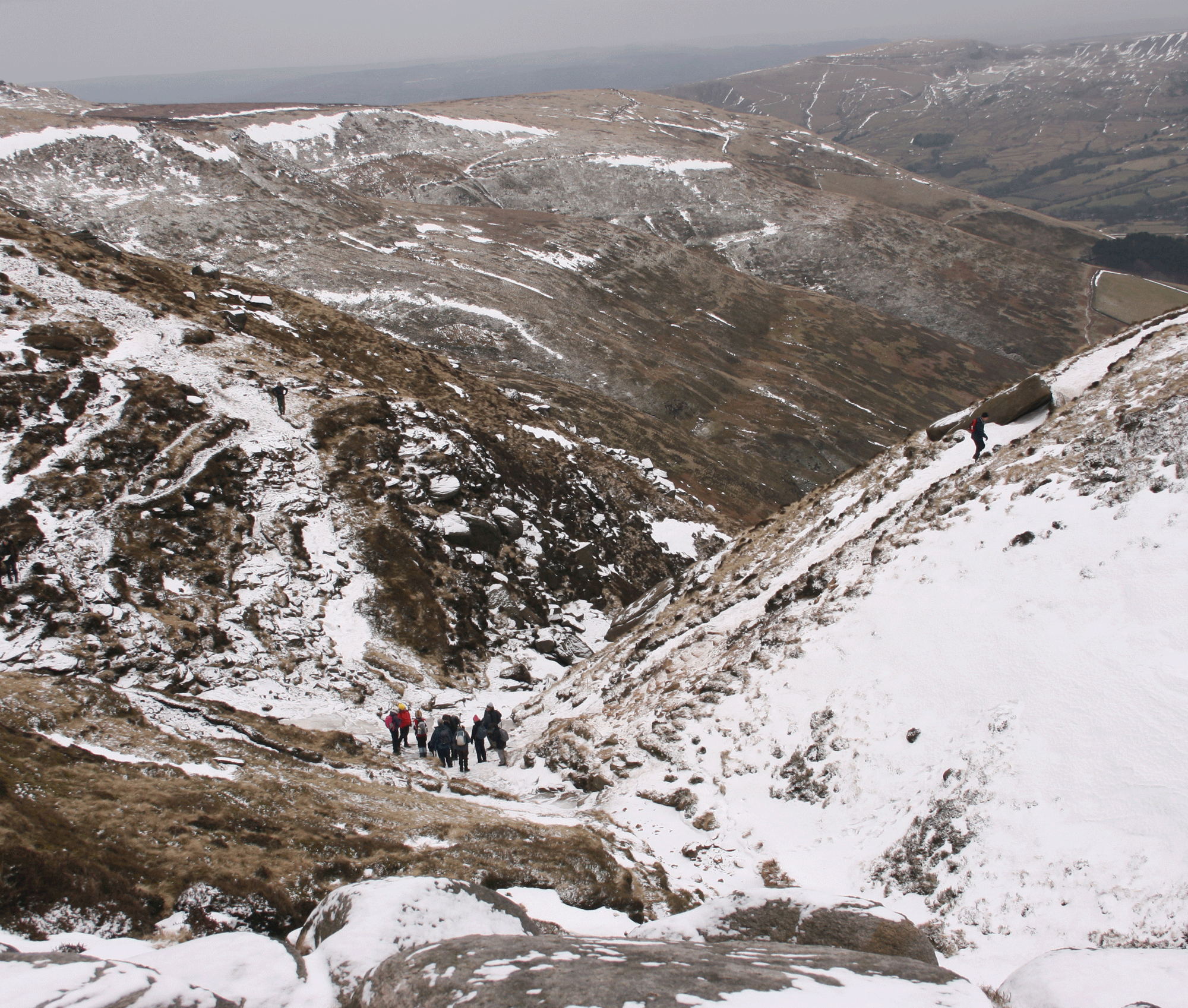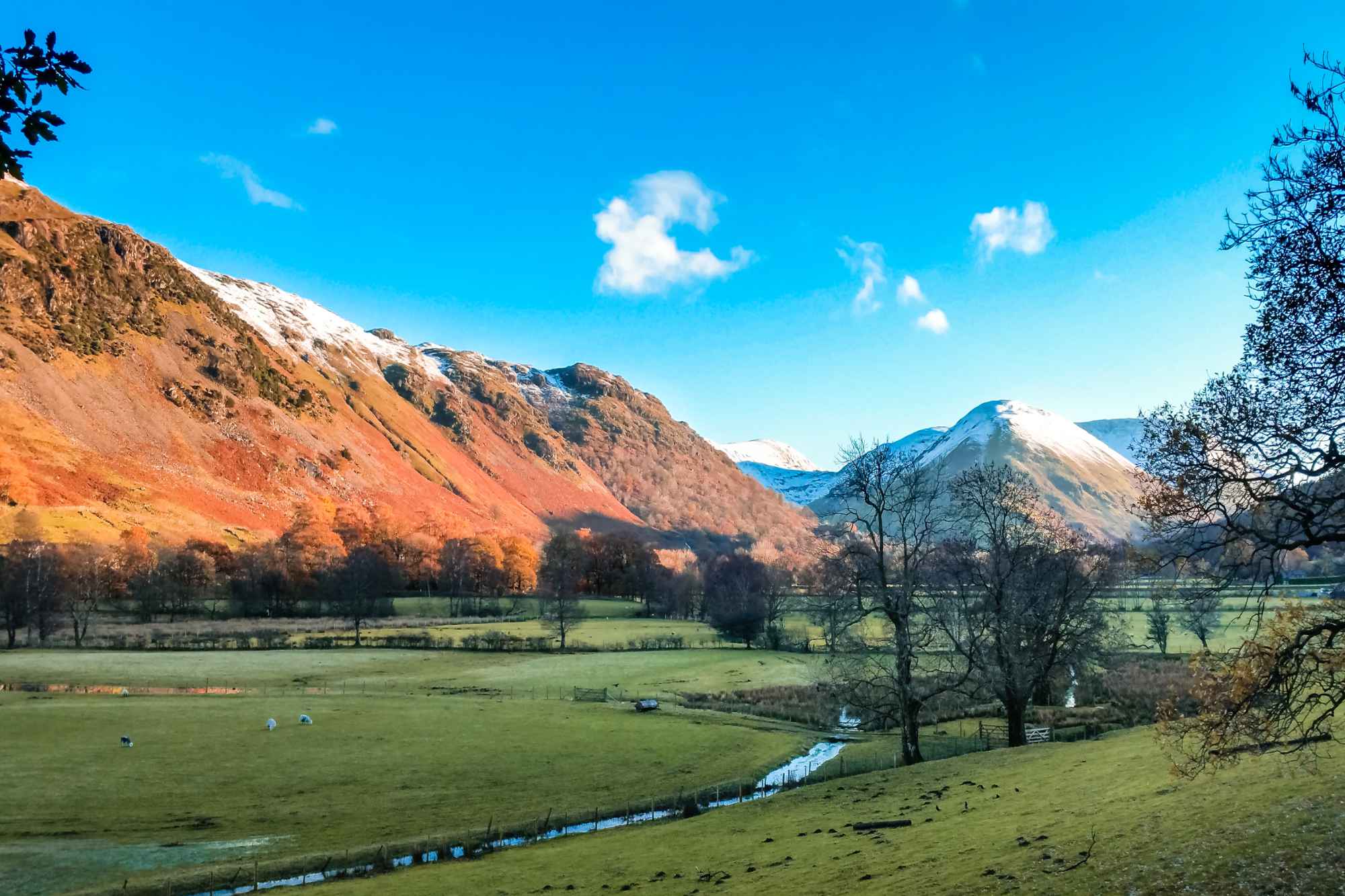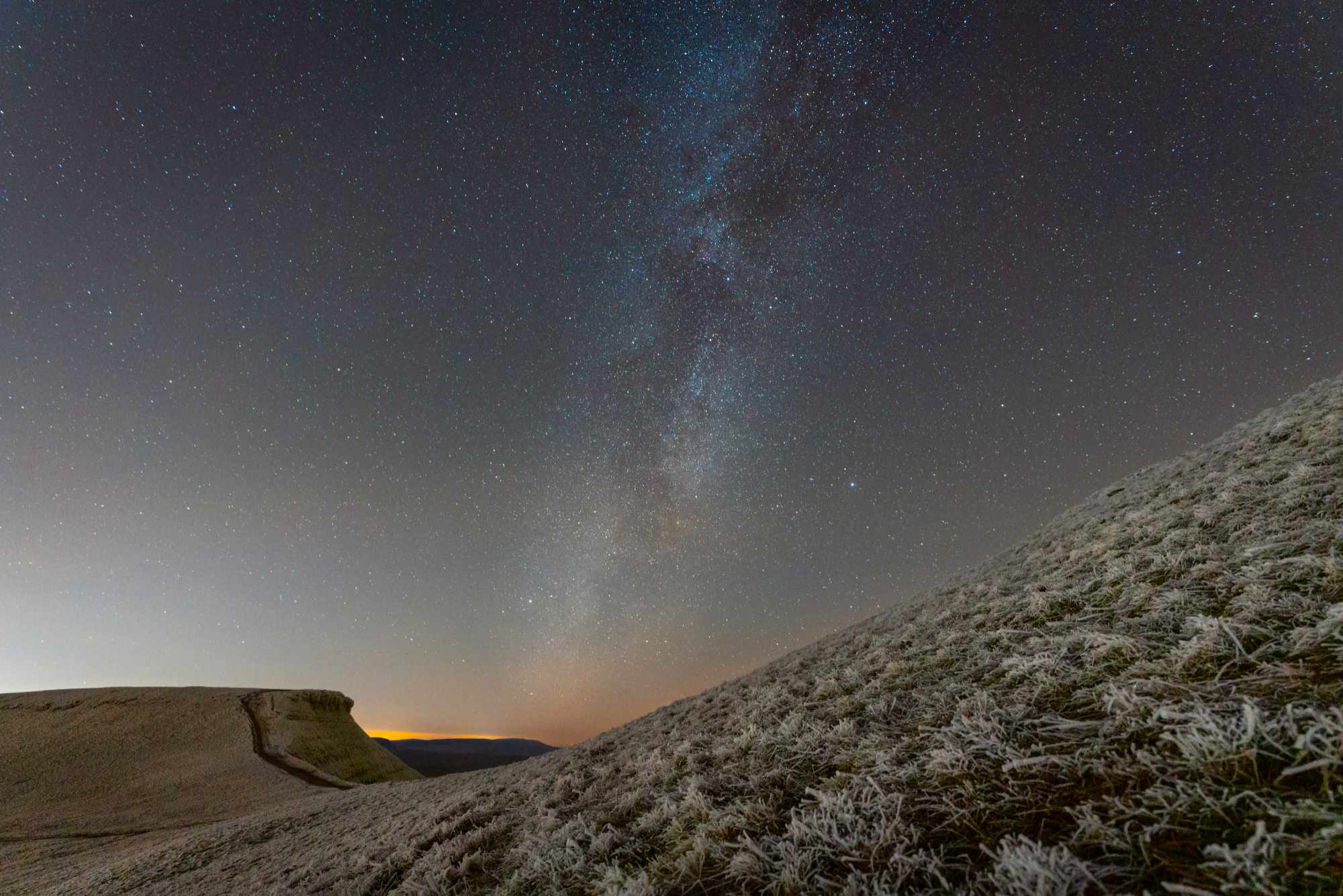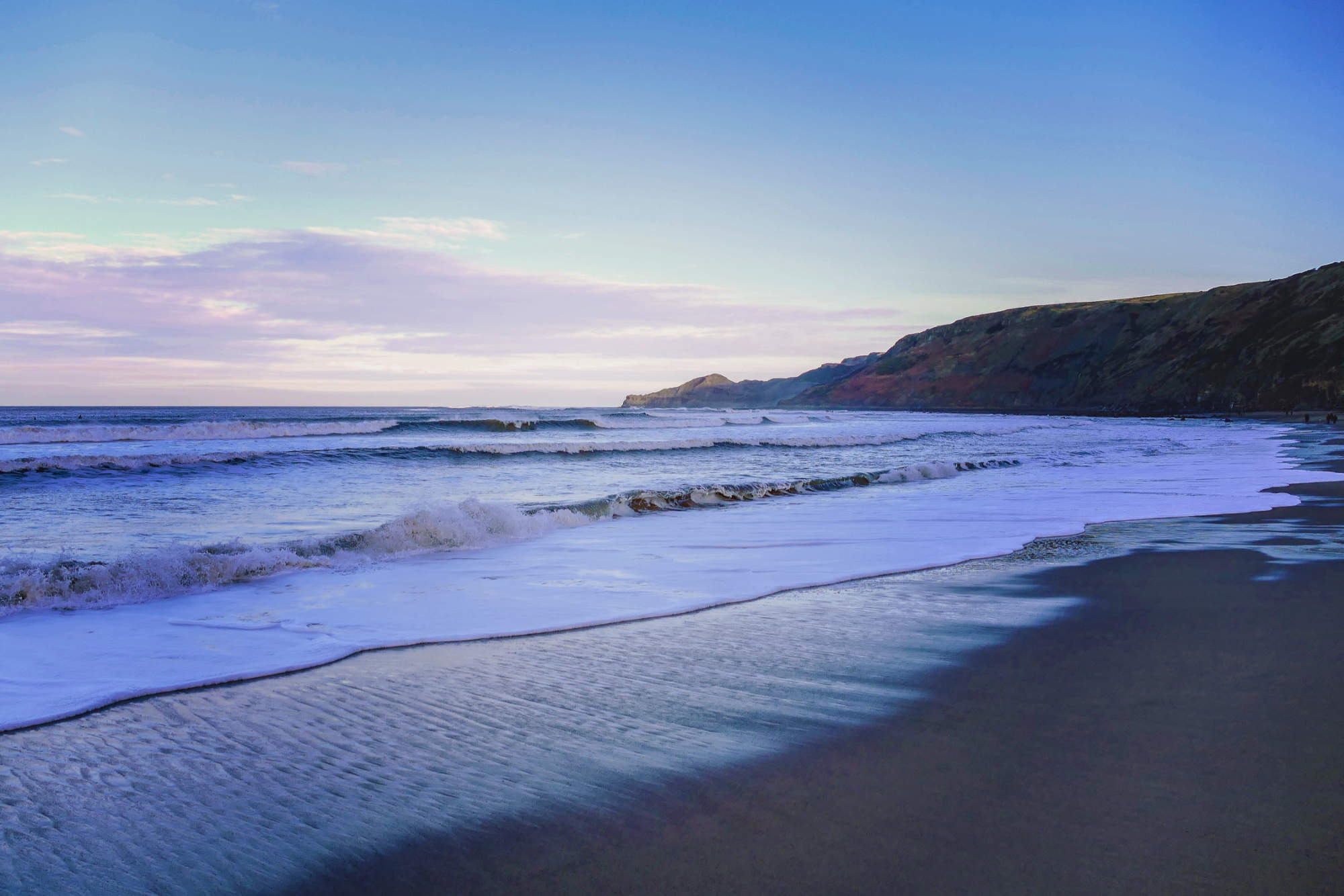Coast to coast walks have risen in popularity over the past few years. Many seeking the freedom and beauty that a walking holiday can provide. One of the most famous routes in England, is the Coast to Coast Walk. Spanning across three national parks (North York Moors National Park, Yorkshire Dales National Park, Lake District National Park). It’s an average of 192 miles.
If you wish to undertake this challenge, then some careful planning should definitely take place to ensure that not only do you have a clear route and timings worked out but some downtime to recharge and also appreciate the beauty around you. The coast to coast walk was made famous in 1973 by Arthur Wainwright, a British fell walker. If following his plan, then the holiday should take about two weeks to complete. Wainwright’s book is still widely available and worth a read. It has since been revised (look out for the 2003 version) to include updates to the original route. Here are 6 ways to prep for the coast to coast walk. Good luck!
Have the right attitude
This may sound obvious…. but being prepared for the reality of the coast to coast walk is incredibly important. The walk will be long, maybe even the longest one you’ll ever do. The weather is likely to be unpredictable. These are all factors that will inevitably lead to some low points in the journey. Acknowledging that sometimes you’ll be in pain. And sometimes you’ll be tired. And sometimes you’ll wish you never started the thing at all. It will help you realistically visualise where you’re going and how you’re going to get there. All the difficulties will be worth taking on a coast to coast walk. Once you encounter untouched nature, magnificent views and the history along the way.
Plan an itinerary
The best coast to coast walking months are between May and October. You can choose to camp or book hostels, since the route passes through a range of picturesque villages. Do plan ahead as these get booked up fast. Make sure to check out YHA’s range of affordable places to stay on the route.
Refresh your skills
How good are you with a map and compass? And when was the last time you used them? If you’re hesitating to answer either question, then it’s definitely time for a refresh now! The coast to coast walking route remains unofficial, though The Wainwright Society has waymarked quite a lot of it to help fellow walkers out. Still, this route cannot be completed without some solo navigation. Have a great map, your route plan, and compass ready with full knowledge of how to use them to avoid having to call the local mountain rescue team to bail you out.
Be emergency ready
It’s important to pack your kit with items that could help you out in an emergency, even if you’ve meticulously planned your trip. Stock your first aid kit with many plasters, sun protection, cream to treat bites, and any other medication you’re taking or may need; some biodegradable wipes are likely to come in handy too. This coast to coast trip may be your chance to get away from technology, but you don’t want to be caught out without battery power should something happen, so plan to bring a portable charger just in case, especially if this is your first time undertaking such a long walk.
Plan your wardrobe
We don’t mean bringing a blazer in case you fancy popping out for a fancy meal! More like make sure that you’re ready for unpredictable weather with something waterproof, have a dry change of clothes for when you do get caught in a downpour, and more socks than you think you’ll need. A note on boots: buy them early and break them in long before the trip. Do not take a gamble on brand new shoes, even expensive ones that appear really well fitting, breaking them in prior is crucial for your long-term comfort on the coast to coast walk.
If you’re a YHA member, you can get access great partner discounts on a range of big outdoor brands.
Bring snacks
The coast to coast walk will burn a lot of calories and if you don’t have a good supply of snacks to stave off the ‘hanger’ (hunger and anger!) then you might find yourself in a less than ideal situation. Whilst we’d always encourage healthy eating, you’re probably not going to pack enough apples to keep you going for two weeks. Choose nuts, dried fruit, cereal bars and maybe some cheeky chocolate to help fuel you between stop points. Always aim to stay well hydrated and carry a reusable water bottle. Make sure to take all your litter and plastics with you so as not to pollute the beautiful surroundings.
Discover more about YHA.
Photo credit: Santiago / Abobe Stock









